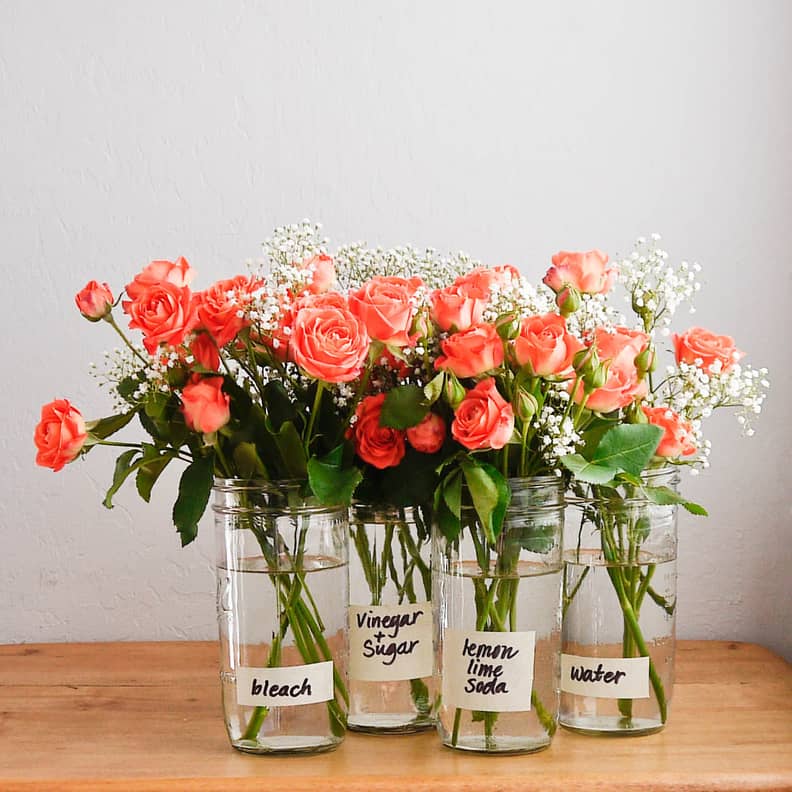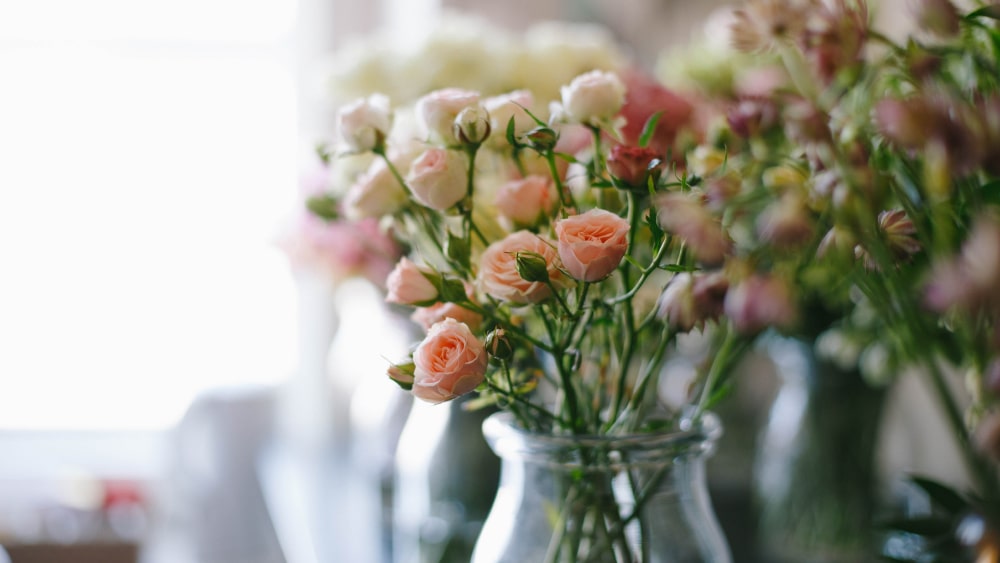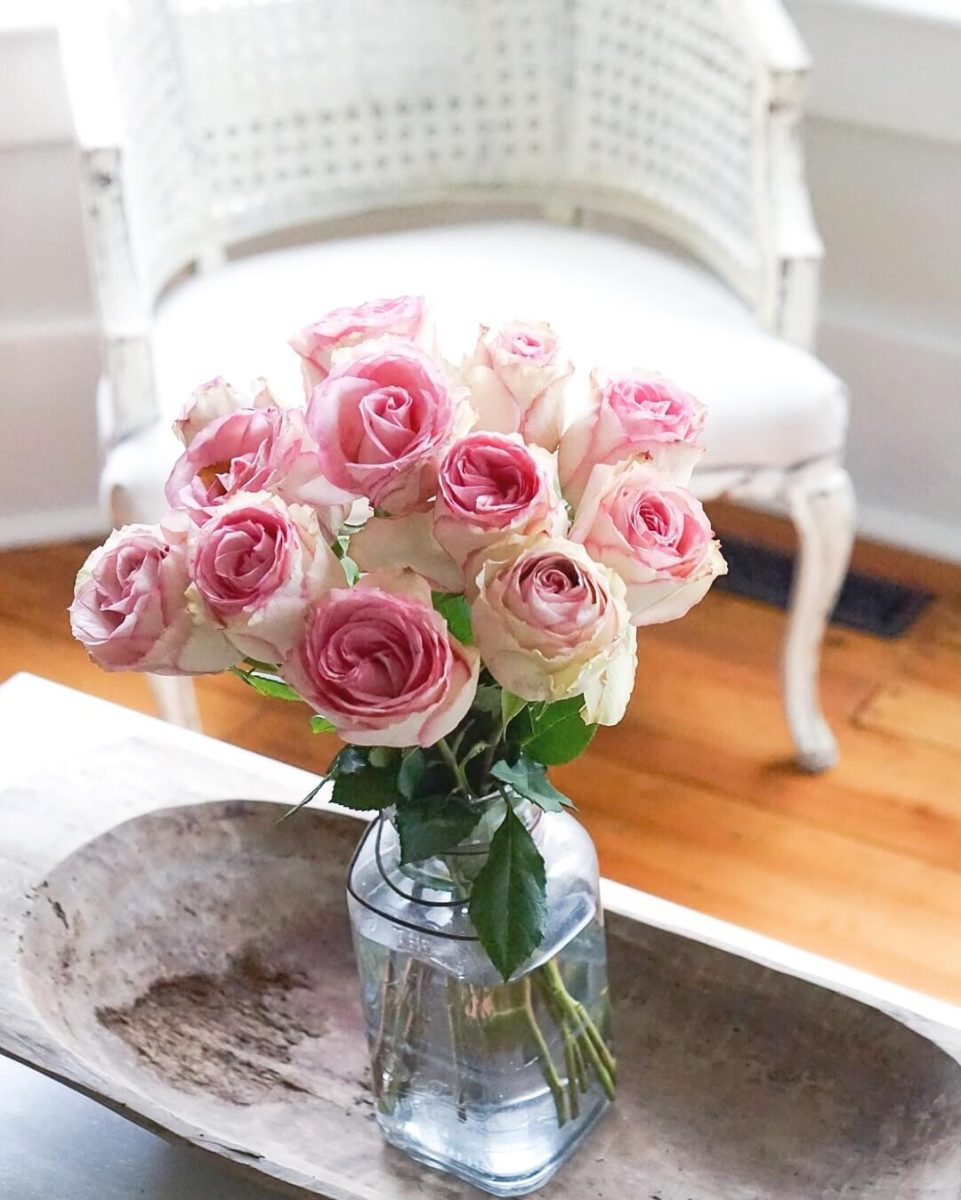Introduction
Roses, with their timeless beauty and delicate fragrance, have long been cherished as symbols of love, admiration, and beauty. Whether received as a gift or purchased for oneself, many individuals enjoy displaying roses in vases to adorn their homes. However, the lifespan of roses once cut and placed in a vase can vary significantly depending on various factors. In this article, we delve into the intricacies of rose longevity, exploring how environmental conditions, care practices, and rose varieties influence their lifespan in a vase.
Factors Affecting Rose Longevity
Environmental Conditions: The Role of Temperature and Humidity
The temperature and humidity levels of the environment in which roses are placed play a crucial role in determining their lifespan in a vase. Roses thrive in cooler temperatures, ideally between 65°F to 75°F (18°C to 24°C), as excessive heat can accelerate their wilting process. Similarly, high humidity levels can promote the growth of bacteria and fungi, hastening the decay of rose stems. Therefore, maintaining a moderate temperature and humidity level in the room where roses are displayed can extend their vase life significantly.
Water Quality and Quantity: Nourishing Roses for Longevity
The quality and quantity of water supplied to roses in a vase are essential factors influencing their lifespan. Freshly cut roses continue to draw water through their stems to sustain their blooms. Therefore, ensuring that the vase is filled with clean, lukewarm water is crucial. Additionally, regularly replenishing the water supply and trimming the stems every few days to remove any air bubbles or blockages can help roses stay hydrated and vibrant for a longer duration.

Varieties of Roses: Understanding Different Lifespans
Not all roses create equal when it comes to vase longevity. Certain varieties are naturally more resilient and long-lasting than others. For example, hybrid tea roses, renowned for their classic beauty and long stems, tend to have a relatively longer vase life compared to delicate garden roses or spray roses. Understanding the characteristics and lifespan of different rose varieties can help individuals choose blooms that will maintain their freshness and elegance in a vase for an extended period.
Care and Handling Techniques: Preserving Roses with Proper Care
Proper care and handling techniques are instrumental in preserving the freshness and beauty of roses in a vase. Upon receiving or purchasing roses, it is essential to remove any foliage that will submerge in water to prevent bacterial growth. Additionally, using a clean vase and cutting the stems at a 45-degree angle before placing them in water facilitates optimal water absorption. Moreover, placing roses away from direct sunlight and ethylene-producing fruits can prevent premature wilting and decay, ensuring a longer vase life.
Tips for Prolonging Rose Longevity
Trim the stems regularly: Trimming the stems at an angle every few days helps maintain water uptake and prevents blockages.
Change the water frequently: Refreshing the water every two to three days prevents bacterial growth and keeps roses hydrated.
Use floral preservatives: Adding commercially available floral preservatives to the vase water provides essential nutrients and inhibits microbial growth, prolonging rose lifespan.
Avoid placing roses near ripening fruits: Ethylene gas emitted by ripening fruits accelerates the aging process of roses, leading to premature wilting.
Keep roses away from direct sunlight and drafts: Excessive heat and drafts can dehydrate roses and shorten their vase life, so it’s best to place them in a cool, shaded area.
Additional Information on Rose Longevity
- Optimal Vase Placement: Choosing the Right Spot Selecting the appropriate location for displaying roses in a vase can contribute significantly to their longevity. Ideally, place the vase in a cool, well-ventilated area away from heat sources such as radiators, heaters, or direct sunlight. Avoid placing the vase near air conditioning vents or drafty areas, as sudden temperature fluctuations can stress the roses and accelerate wilting. By finding the perfect spot with stable temperature and minimal exposure to external elements, you can help prolong the freshness of your roses.
- Monitoring Flower Condition: Recognizing Signs of Decline Regularly monitoring the condition of roses in the vase enables you to detect early signs of wilting or decay. Keep an eye on the appearance of the petals, stems, and foliage, noting any discoloration, drooping, or foul odor. If you notice any deteriorating blooms, promptly remove them from the arrangement to prevent the spread of bacteria and maintain the vitality of the remaining roses. By practicing vigilant observation and intervention, you can preserve the overall aesthetic appeal of your floral display for an extended period.
- Seasonal Considerations: Adapting Care Practices The lifespan of roses in a vase can vary depending on the season and climatic conditions. During hot summer months, roses may wilt more quickly due to increased evaporation and water loss. In contrast, cooler temperatures in autumn and winter can prolong the vase life of roses, provided they shield from frost and extreme cold. Adjusting care practices such as water frequency, vase placement, and protective measures according to seasonal changes can help optimize rose longevity throughout the year.
- Reviving Wilted Roses: Salvaging Faded Beauty Despite your best efforts, roses may occasionally wilt prematurely due to unforeseen circumstances or neglect. However, there are methods available to revive wilted roses and extend their vase life. Submerging wilted roses in a basin of lukewarm water for several hours or overnight can help rehydrate the stems and rejuvenate the blooms. Additionally, recutting the stems at a sharp angle and transferring the roses to a fresh vase with clean water can provide them with a new lease on life. With patience and attentive care, even wilted roses can be brought back to their former splendor, allowing you to continue enjoying their beauty.
- Cultural Practices: Traditional Wisdom for Rose Care Throughout history, various cultural practices and traditions have emerged regarding the care and handling of roses to prolong their vase life. From adding a copper penny or aspirin to the vase water to placing a silver coin or charcoal in the water to prevent bacterial growth, folklore and anecdotal remedies abound. While scientific evidence may not always support these practices, many individuals swear by their efficacy in preserving rose freshness. Experimenting with traditional wisdom alongside modern care techniques can offer a holistic approach to extending the longevity of roses in a vase, allowing you to appreciate their enduring allure for days to come.

Conclusion
In conclusion, the lifespan of roses in a vase can significantly influence by environmental conditions, water quality, rose varieties, and care practices. By understanding these factors and implementing proper care techniques, individuals can extend the longevity of their roses, allowing them to enjoy their beauty and fragrance for an extended period. Whether adorning a dining table, brightening a living space, or conveying heartfelt sentiments, well-maintained roses in a vase continue to captivate and inspire with their timeless charm.








